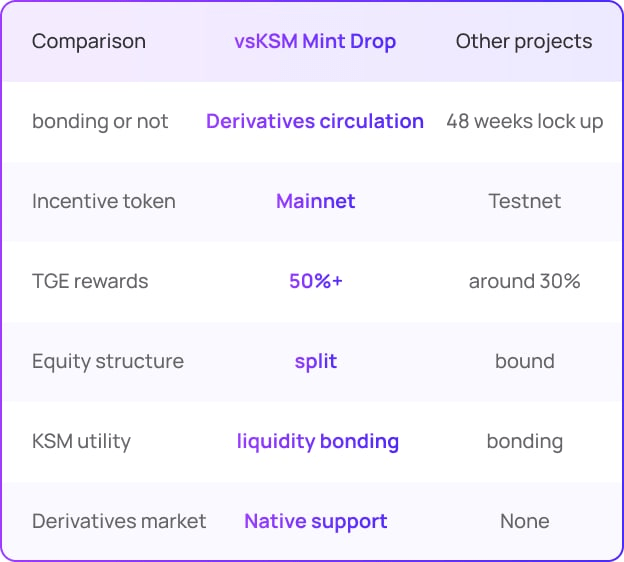Understanding Amortized Loan vs Simple Interest: Which Is Better for Your Financial Needs?**
Guide or Summary:Amortized Loan vs Simple InterestWhat is an Amortized Loan?What is Simple Interest?Comparing Amortized Loans and Simple InterestAmortized L……
Guide or Summary:
- Amortized Loan vs Simple Interest
- What is an Amortized Loan?
- What is Simple Interest?
- Comparing Amortized Loans and Simple Interest
Amortized Loan vs Simple Interest
When it comes to borrowing money, understanding the differences between an amortized loan and simple interest is crucial for making informed financial decisions. Both terms refer to methods of calculating interest, but they differ significantly in their structure, repayment terms, and overall cost to the borrower.
What is an Amortized Loan?
An amortized loan is a type of loan where the borrower makes regular payments over a specified period until the loan is fully paid off. Each payment includes both principal and interest, and the amount of interest paid decreases over time as the principal balance is reduced. This structure provides borrowers with a clear repayment schedule, making it easier to budget monthly expenses.
For example, in a 30-year mortgage, the borrower will make monthly payments that cover both the interest and a portion of the principal. Initially, a larger portion of the payment goes towards interest, but as the loan matures, more of the payment goes towards reducing the principal. This method of repayment can be beneficial for borrowers who prefer predictable payments and a clear timeline for loan payoff.

What is Simple Interest?
On the other hand, simple interest is calculated only on the principal amount of the loan. This means that the interest does not compound, and the borrower pays a fixed amount of interest over the life of the loan. Simple interest loans are typically used for short-term loans, such as personal loans or car loans.
For instance, if you take out a $10,000 loan at a simple interest rate of 5% for three years, you would pay a total of $1,500 in interest, regardless of how often you make payments. Simple interest can be appealing for borrowers looking for a straightforward loan structure without the complexities of amortization.
Comparing Amortized Loans and Simple Interest
When deciding between an amortized loan and simple interest, several factors should be considered:

1. **Loan Duration**: Amortized loans are usually long-term, while simple interest loans are often short-term. If you need a loan for a longer period, an amortized loan may be more suitable.
2. **Payment Structure**: Amortized loans offer predictable monthly payments, which can help with budgeting. Simple interest loans may require larger payments at the end of the term, which can catch some borrowers off guard.
3. **Total Interest Paid**: Over the life of an amortized loan, you may end up paying more in interest compared to a simple interest loan, especially if the loan term is lengthy. However, the predictability of payments can offset this cost for some borrowers.

4. **Financial Goals**: Consider your financial goals and cash flow needs. If you prefer a fixed payment schedule and a clear payoff timeline, an amortized loan may be better. If you want to minimize interest costs and have the ability to pay off the loan quickly, a simple interest loan could be advantageous.
In summary, understanding the differences between amortized loans and simple interest is essential for making the right financial choice for your needs. Each type of loan has its advantages and disadvantages, and the best option will depend on your individual circumstances, financial goals, and preferences. By carefully evaluating these factors, you can choose the loan structure that aligns with your financial strategy and helps you achieve your objectives.